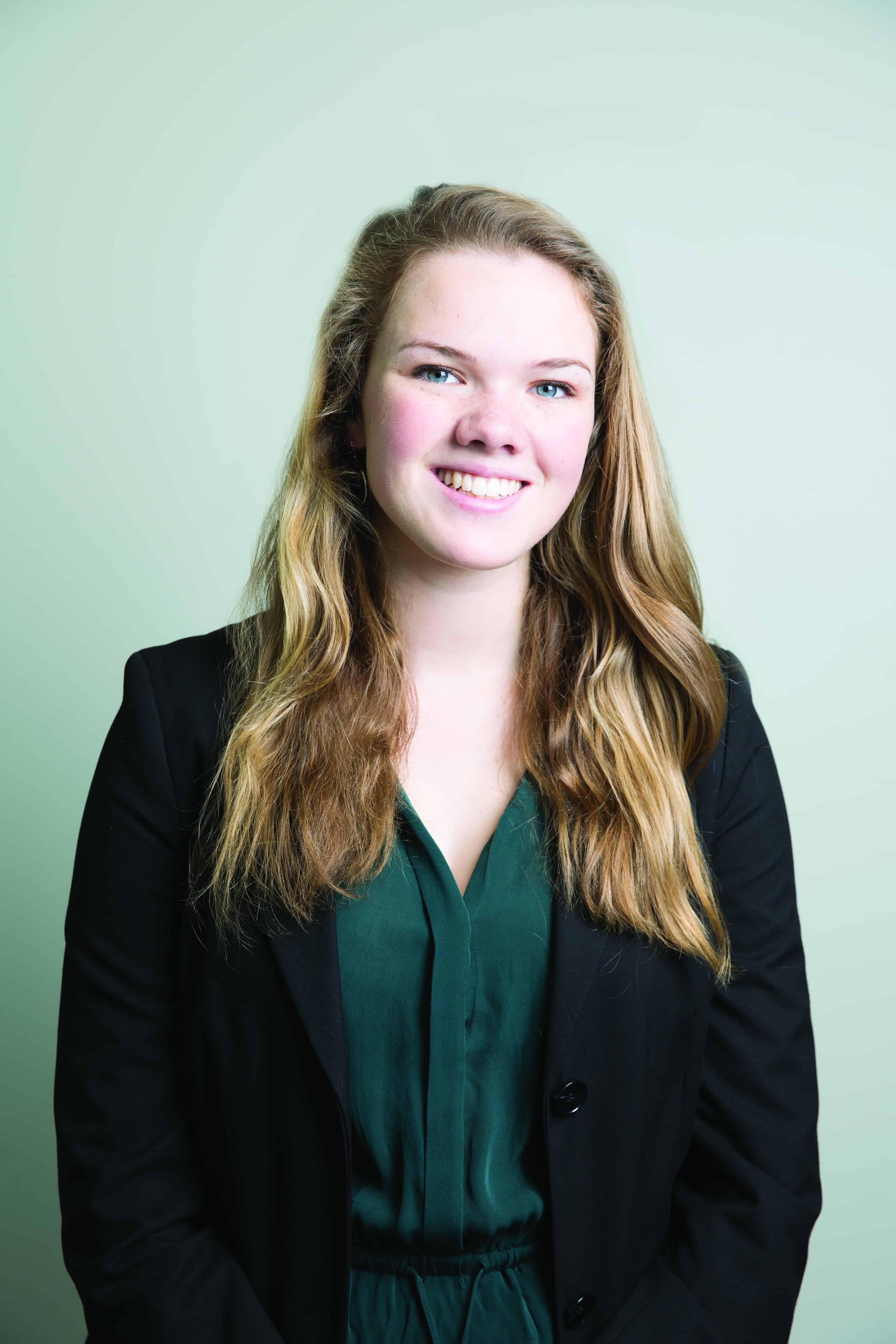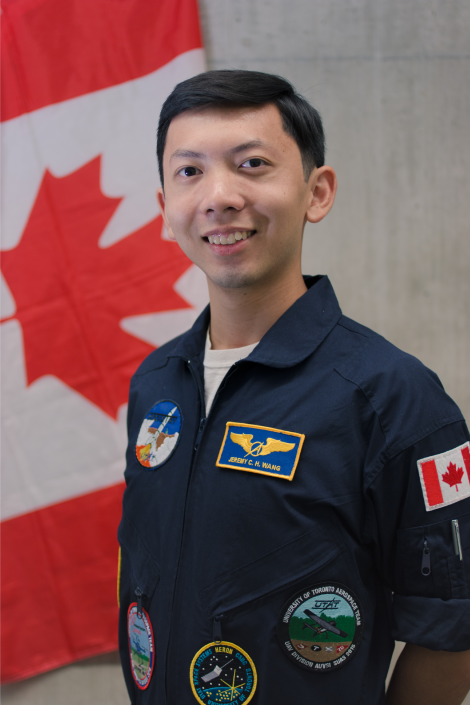A mecca of collaboration and a catalyst of interactions, conferences allow scientists and budding researchers to explore the trials and successes of others, gather inspiration, and receive and reflect upon critical feedback.
Two University of Toronto undergraduate students set out to do just that at the 2016 International Astronautical Congress (IAC) in Guadalajara, Mexico this September, as part of the Canadian Space Agency (CSA) Student Participation Initiative.
Katie Harris, a third-year Astronomy and Physics student, and Jeremy Wang, a fourth-year Engineering Science student, were selected by the CSA among the pool of bachelor’s, master’s, doctoral, and post-doctoral researchers. They represent two of 10 individuals invited to present their respective research papers at the IAC.
The IAC bills itself as being “the one time of the year where all global space actors come together. Covering all space sectors and topics, it offers the latest space information and developments in academia and industry, networking opportunities, contacts and potential partnerships.”
Leaders of every significant national space agency attended the sixty-seventh IAC. Space luminaries like Buzz Aldrin and Bill Nye; space pioneers like SpaceX CEO Elon Musk and Lockheed Martin Space Systems’ Wanda Sigur; and hundreds of space lovers, students, and journalists from every corner of the world flocked to Guadalajara.
Musk’s aerospace manufacturing company Space X unveiled their plans for human travel between Earth and Mars — it includes a 49.5 metre long spacecraft that may one day carry up to 100 people.
Harris presented her investigation of the viability of Digital MicroMirror Devices (DMDs) as programmable slit masks for multi-object spectroscopy. Multi-object spectroscopy allows astronomers to measure the light spectrum emissions of multiple objects at the same time. To view multiple objects at the same time, a mask with precut slits that correspond to the target objects’ position is placed in front of a telescope.
Currently, these slit masks pose efficiency problems for astronomers: custom masks would need to be produced for every pointing. This process is expensive, time-consuming, and wasteful. Harris explored an alternative method, one that would bring reusability and customizability to the telescope masks.
The DMDs that Harris investigated are made up of an array of microscopic square mirrors, each of which can be turned on and off thousands of times per second, allowing for ease of adjustment. Each mirror corresponds to a single pixel in the displayed image, meaning that slits could be produced by simply turning off certain mirrors in the array.
Harris demonstrated that this customization allowed DMDs to effectively act in a manner similar to slit masks. When asked about the future of this development, Harris explained, “The DMD system needs to be fitted for actual telescope use, but it looks to be a viable alternative to conventional slit masks.”
Harris conducted her work under the supervision of Professor Suresh Sivanandam, through the Summer Undergraduate Research Program of U of T’s Dunlap Institute. The 16-week summer program pairs undergraduate students in Astronomy, Physics, and Engineering with astronomers from the Dunlap Institute or the Canadian Institute for Astrophysics, allowing them to conduct an independent project related to on-going astronomical research at U of T.
Wang, the president of the University of Toronto Aerospace Team (UTAT), presented two papers at the IAC, both of which discussed the development of an engine for UTAT’s rocket Deliverance this year. The first paper concerns the computer modelling of a rocket’s performance when using an uncommon engine that uses solid fuel and a liquid oxidizer.
The second paper explored the potential of employing ‘space tugs,’ remote-controlled spacecrafts that pull rockets from the low Earth orbit into outer space. “Our calculations showed that if the satellites belong to a certain mass bracket, using a small rocket and a tug may be more efficient than the traditional use of a larger rocket,” said Wang.
The IAC imparted a profound experience to the two U of T undergraduates. “The CSA’s initiative was incredibly rewarding, because it allowed me to engage and interact with the leaders and policymakers of the space industry,” said Harris. “Their support gave me the opportunity to see space’s future, the world’s future, and, potentially, my own future.”



